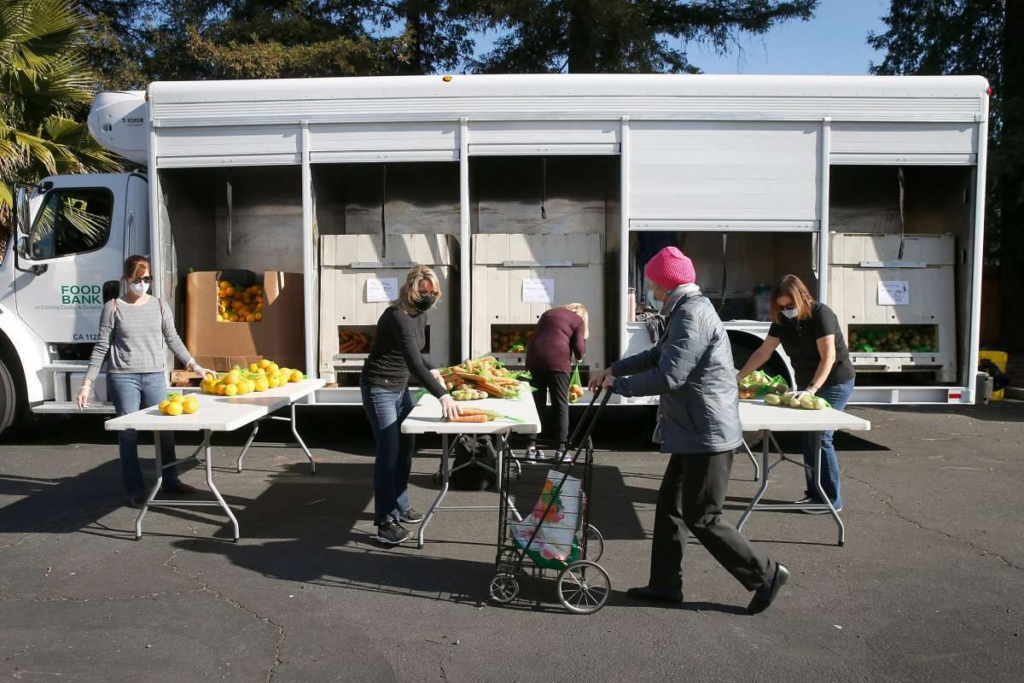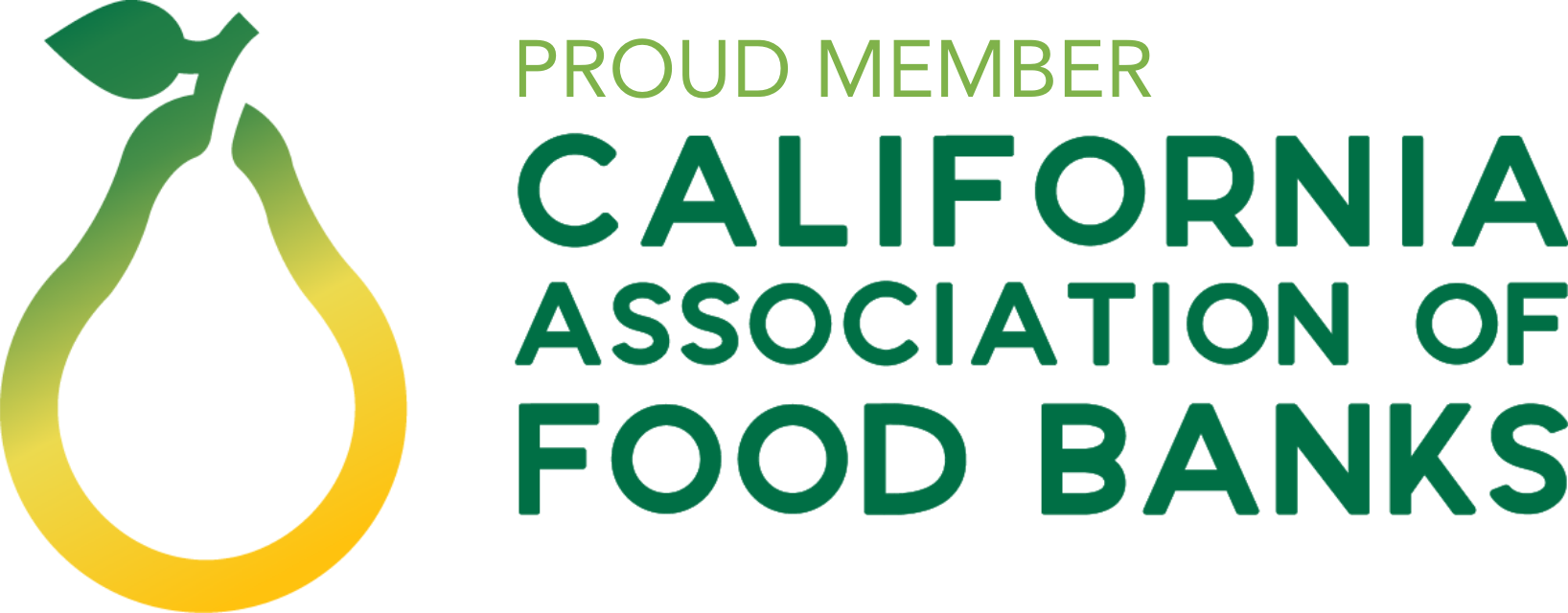You may have heard that CalFresh Emergency Allotments have expired, and food banks around the Bay Area, including us, are worried about what this change will mean for our neighbors and communities. But what were the Emergency Allotments? And why were they so important for our neighbors? To answer, we’ve compiled some frequently asked questions about the end of this funding, and what we’re expecting it to mean for our neighbors, our Food Bank and our supporters.
What is CalFresh/SNAP?
CalFresh is California’s version of the Supplemental Nutrition Assistance Program (SNAP) and provides monthly benefits to help those in need purchase nutritious food. In Contra Costa and Solano Counties about 75,000 households receive CalFresh benefits.
What were the Emergency Allotments?
During the pandemic, Congress authorized Emergency Allotments, which boosted the benefits CalFresh/SNAP recipients could receive. While the allotments were in place, households receiving CalFresh saw their benefits increased by at least $95 per month.
Emergency Allotments expired in February 2023, with final boosted payments issued in March. Starting in April, many of the 75,000 households receiving CalFresh in our service area will see a dramatic reduction in their grocery budgets. This drop will be even greater for residents who typically qualify for minimum amounts of CalFresh, including students and those receiving SSI. In some cases, recipients may see their benefits cut from more than $200 per month to $23 – the minimum CalFresh payment – virtually overnight.
How do reduced CalFresh benefits affect our neighbors and the Food Bank?
The end of Emergency Allotments represents a loss of more than $7 million in benefits in Contra Costa and Solano Counties. This comes at a devastating time for our neighbors. Grocery prices remain 10% higher than this time last year, and our neighbors tell us regularly that they are struggling with high prices for food.
As many of our neighbors’ grocery budgets drop, we’re anticipating more new faces at our programs. This new need comes as we’re already serving nearly 1 in 5 people in our community every month.
A real look at SNAP – and the long-term benefits for our community
Not only does CalFresh/SNAP provide nutrition benefits for our most vulnerable neighbors – two thirds of recipients are kids, seniors or people with disabilities – it also has a positive effect on the economy, our local community and health outcomes.
SNAP is widely considered a form of stimulus for local economies, with each dollar spent equating to about $1.50 for the economy, according to the Department of Agriculture. And, since CalFresh/SNAP benefits can only be used to purchase food at authorized locations like grocery stores and farmers markets, local businesses and farmers get a boost from the spending, jobs are secured, and other, non-food related businesses profit from money that has been freed-up to buy diapers, toiletries, clothing and more.
In addition, research has found that CalFresh/SNAP benefits can lower the risk of heart disease, high blood pressure and obesity for recipients. The increase in household funds makes it more likely beneficiaries can afford to take preventative healthcare measures – like buying and taking medications and visiting their doctors – resulting in reduced healthcare costs.
CalFresh/SNAP also benefits children long term, improving school performance and high school graduation rates and lowering risks of chronic issues such as heart disease and obesity in adulthood.
How can I help?
With more new faces coming to our programs as a result of these changes, your financial support is vital if we’re going to have the resources to provide food to everyone who needs it. If you’re able, please consider becoming a monthly donor. Your steady, predictable support will make it possible for us to plan for the future with more certainty, even when we face new, long-term challenges like this one.
We also need to strengthen our safety net for all, so that in the future a single change to one benefit program isn’t so devastating for our neighbors. One way we’re taking action is by advocating for stronger SNAP funding in the 2023 Farm Bill, which will set the program’s federal funding for the next five years. You can join us by writing to your lawmakers. Lending your support takes less than one minute!




